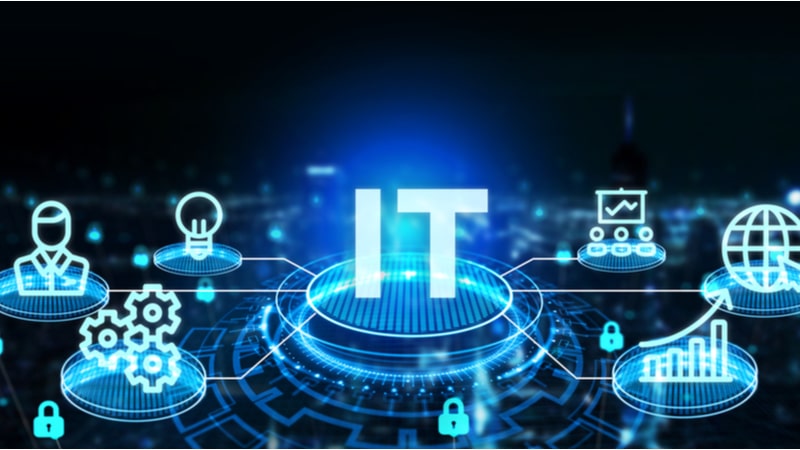
As Federal agencies undergo IT modernization, they confront unique challenges, including the added complexity of multiple physical locations managing IT and cybersecurity functions in silos. New initiatives aim to develop enterprise cybersecurity models to increase safety, security, and effectiveness while reducing costs. MeriTalk recently sat down with Aruna Mathuranayagam, chief technology officer at Leidos, to discuss how agencies can approach IT modernization to achieve the speed, scale, and security they need.
MeriTalk: Last year, the Office of the President issued Executive Order 14028 on cybersecurity, which calls for agencies to adopt zero-trust security frameworks. How can government agencies fulfill that requirement?
Aruna Mathuranayagam: There is a strong desire, when the White House issues an order, to check the box and to find any tools that help you check the box. But zero trust is a journey. You have to look at how your networks are configured, how your employee authorizations are configured, and how your architecture is laid out. You also have to look at the digital user experience – the interfaces between the human user and the machine. That’s where most of the problems occur.
MeriTalk: Leaders in government are calling for expanded cloud capabilities to support IT modernization. How would you suggest the Department of Energy and others you support approach that challenge?
Mathuranayagam: The government still needs to build purpose-built platforms for certain missions or computational workloads, but integration is key. Some of our customers are building common DevSecOps platforms to enable adoption of algorithms quickly. The platforms are common across the different classified environments. The activities may vary within each secret classification, but they have a unified approach under a unified data strategy.
MeriTalk: Government agencies also increasingly wish to employ commercial tools in classified data environments. How can they do that without compromising security?
Mathuranayagam: That is particularly tricky, but agencies have made huge progress in this area. For instance, they’ve worked with most of the cloud providers to operate according to DoD and Intelligence Community standards. So, there are ATO’d air-gapped cloud platforms where they can still perform analytics and extract the results they want.
MeriTalk: What general advice do you have for agencies approaching the IT modernization, especially the data management, challenge?
Mathuranayagam: Data and security management services can help agencies increase operational efficiencies quickly and securely. At Leidos, we help our customers implement a 4A methodology for data management. Four-A stands for (1) analysis of data; (2) assistance for extracting results from the analysis; (3) augmentation, how data from across spheres is integrated to enhance the mission; and (4) autonomy – after the data has been analyzed, how are patterns recognized? How are autonomous functions built in to go from a human in the loop to a human on the loop?
MeriTalk: What else should feature prominently in IT modernization?
Mathuranayagam: Artificial Intelligence (AI) is critical for operations and security. The benefits include reducing cognitive workloads by automating the identification of patterns and anomalies. But a challenge around AI has been building trust with the users. How is the data being analyzed? If there are gaps in the data, how are they being adjusted? So, what Leidos has built in the last ten years of research and development from supporting a wide range of customers across DoD, DOE, federal civilian agencies, and the intelligence community is something called Trusted AI. Trusted AI employs our framework for AI resilience and security, focusing on the explainability of data, data assurance, fairness of data, ethical data – which removes biases – and adaptive data, meaning it can adapt to different customer and mission environments.
MeriTalk: What are the benefits of realizing the full potential of AI?
Mathuranayagam: The goal is to start with analysis of the data, identification of patterns, and anomaly detection. From there, you can enable prediction – what will happen based on patterns that have been observed. And then comes prescription, where you can prescribe adaptations to enhance efficiency and security. That is where AI will take you if you go on this journey.
To learn more, visit leidos.com/enabling-technologies/artificial-intelligence-machine-learning.
